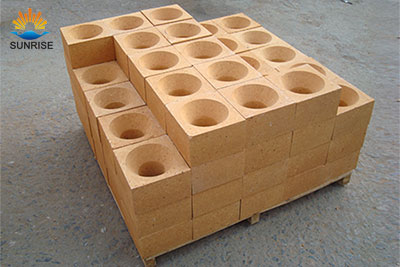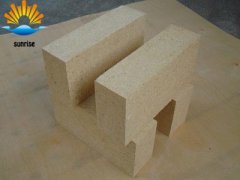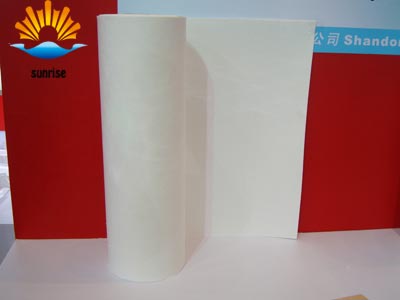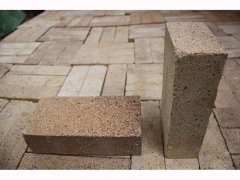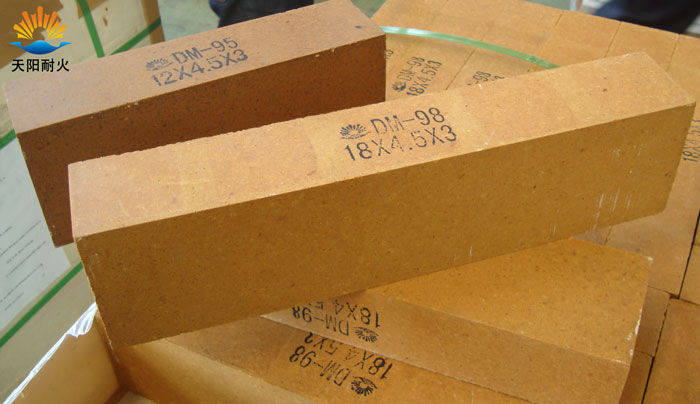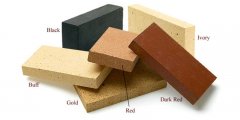Products List
-
big fireclay bottom blocks
Description: Using big vibrating table and adopting special castables, the company produces furnace l...
-
fire clay bricks
Description Fireclay bricks are the most widely used refractories made from clay minerals. It can be ...
Refractory Knowledge
-
The firing temperature of the high alumina brick depends on t
The firing temperature of the high alumina brick depends on the sintering properties of the alumina r...
-
The High Temperature Operation and Maintenance Guideline of C
Ceramic fiber products have good high temperature resistance, fire resistance, resistance to oil, aci...
-
Introduction to the performance of clay bricks
Introduction to the performance of clay bricks...
-
Thermal Shock Resistant Fireproof Heat Insulating Brick
Ceramic roller kiln is a new type of energy-saving kiln widely used in recent years with thousands of...
News Center
-
A Brief Analysis of Boiler Masonry and Its Function
Generally, small boilers are installed quickly and do not need to be built on site. For power plant b...
-
Factory Directly Supply With Popular Refractory Bricks in Ch
The use of kilns is inseparable from refractory bricks, but if the details of refractory bricks are n...
Introduction to the physical indicators of clay bricks
Clay bricks are clay products made of aluminum silicates with an Al203 content of 30%-40%. Clay bricks are made of 50% soft clay and 50% hard clay clinker. They are compounded according to a certain particle size requirement. After being shaped and dried, they are fired at a high temperature of 1300-1400C. The mineral composition of clay bricks is mainly kaolinite and 6% -7% impurities (potassium, sodium, calcium, iron, iron oxides). The firing process of clay bricks is mainly a process in which kaolinite is continuously dehydrated and decomposed to form mullite crystals. SiO2 and A1203 in clay bricks form eutectic low melting point silicates with impurities during firing, and are surrounded by mullite crystals.
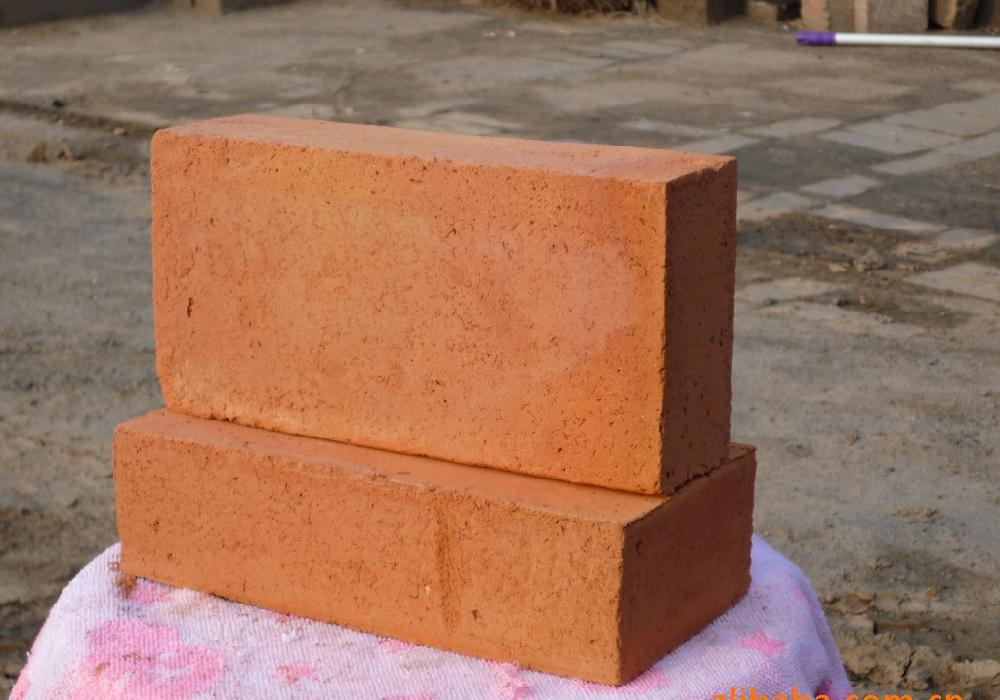
When the temperature continues to rise after reaching 1200 ° C, its volume will shrink from the maximum expansion. Residual harvest of clay bricks
Shrinkage causes loosening of gray joints in masonry, which is a major disadvantage of clay bricks.
When the temperature exceeds 1200 ° C, the low-melting substances in the clay bricks gradually melt, and the particles are held close to each other due to the surface tension, thereby causing volume shrinkage.
If you have any needs our help or are interested in our products, you can click online advisorychat with us online, or call our customer service telephone: 0086-0371-63838939. We will sincerely serve for you!



